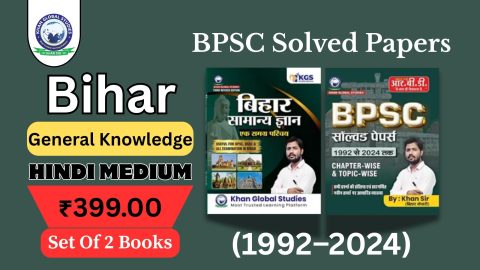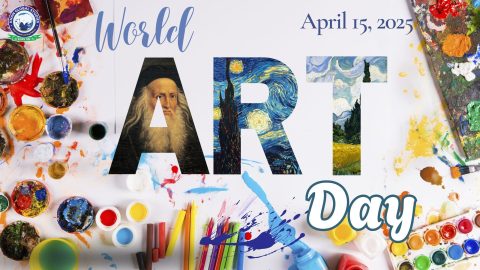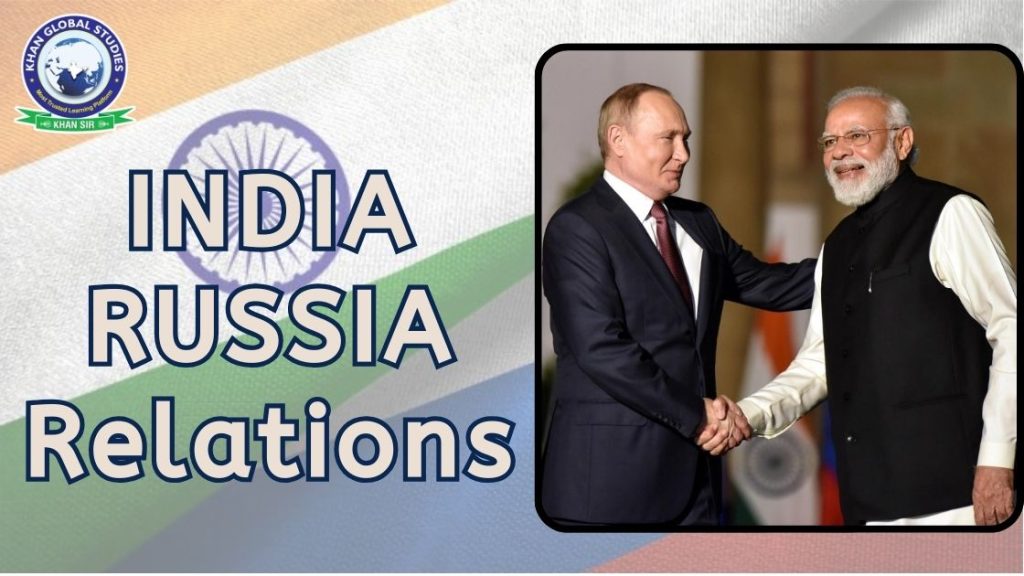Recently, Prime Minister Narendra Modi and Russian President Vladimir Putin had a good conversation and many aspects related to the ‘special and privileged strategic partnership’ between the two countries were discussed.
About India-Russia Relations
Historical Relations
- The Russian Revolution of 1917 provided a major inspiration for militant class rule during the War of Independence. This class includes many revolutionaries as well as the Indian National Congress.
- The Indian nationalist movement received the full support of Vladimir Lenin. In 1904, Russia won the Russo-Japanese War, which provided great inspiration.
- The USSR also included a 5-year economic plan prepared by India.
- The Treaty of Friendship, Peace and Cooperation was also signed in 1971 to create India-Russia relations. This treaty lasted for 20 years.
- India-Russia relations changed after the dissolution of the USSR in 1991.
- In 2000, India and Russia signed a tactical partnership. It was developed as a special and privileged strategic partnership in 2010.
Pillars of Cooperation
The pillars of the corporation reflect regional India-Russia relations:
Economic Relation
- Economic relations between the two countries are good.
- Both countries have set a target of investing US$30 billion by 2025. However, the target was met in 2018.
- These two countries will achieve the target of additional mutual investment of 50 billion US dollars.
- India also increased its support for the development of eastern Russia in 2019. It promised a concessional loan of US$1 billion.
Political Relations
- Following the collapse of the Soviet Union, a strategic partnership was formed in 2000. It was one of the first major political initiatives in nature after the Fall.
- Every year a meeting is organized between the political leaders of the countries. This meeting has strategic relations from a political point of view.
- These countries show exemplary cooperation on issues of common national interest.
- Russia had also supported India in the matter of a permanent seat on the United Nations Security Council.
- The higher-level level of the exchange, which also includes the IGC, carries out sales and purchases for IRIGC-TEC and the International North-South Transport Corridor.
- IRC – It is the largest government machinery of India and has two branches: The first covers trade, economy, science, technology and cultural cooperation. The Chairman is the External Affairs Minister and Deputy Prime Minister of India. The second involves military-technical cooperation, which is chaired by the defence ministers of both countries.
- Political relations are tense due to India’s anti-China stance. (2021).
Strategic and Military Corporation
- India’s defence equipment continued to be supplied to the Soviet Union for decades.
- A ten-year agreement was also signed by India and Russia in 1997 to expand techno-military cooperation. This included the acquisition of arms and marketing of military technologies.
- The agreement signed between India and Russia in 1998 also led to the delivery of a large range of defence equipment to India.
- Nations also negotiated agreements to manufacture various types of machines. This strengthened the defence manufacturing initiative of Make in India (2017).
- Currently, both countries engage in arms trade, including joint research, leasing and training. All these are maintained with high security and regularity.
The joint centres of the projects are:
- Four state-of-the-art missile stealth frigates
- Ilyushin-HAL transport aircraft
- BrahMos cruise missile program
- fifth generation fighter jet
- KAMOV-226T Light Utility Helicopter
- INS Vikramaditya aircraft carrier
Apart from these, India has also purchased several military products which include the following:
- S-400 Triumph air defence system
- T-90 Bhishma Tank Program
- Factor Airbase in Tajikistan
- In 2019, Russia and India also signed a deal worth $3 billion. This also included the lease of the Akula class nuclear-powered attack submarine.
- US$900 million upgrade of MiG-29.
Energy or Nuclear Relations
- ONGC Videsh and Rosnet already share the Sakhalin 3 and 4 gas fields and a consortium of Russian fields. Also, India has been investing more than $5 billion in the Russian sector in the last few months.
- In 2019, Narendra Modi visited Russia to sign a bond of roadmap for cooperation in hydrocarbons for the period 2019–2024.
- To further strengthen nuclear ties, 16-18 new reactors will be constructed by 2030. Each reactor will cost $2.5 billion, bringing the total value of the entire deal to US$45 billion.
- A combined Rooppur nuclear power plant has been established in Bangladesh.
Cultural Cooperation
- India-Russia relations have very strong cultural cooperation.
- Many institutions throughout Russia teach Hindi to their students. Many Russian experts know different Indian languages like Bengali, Marathi, Tamil etc.
- Some small-scale cultural events have been held in Russia since 2008. These programs are strengthening relations between the two countries.
Conclusion
It is believed that the good bond of goodwill, welfare and philanthropic relations between these two countries will continue. Despite difficult times, these pillars stand strong. This creates a strong positive confidence in India-Russia relations.




